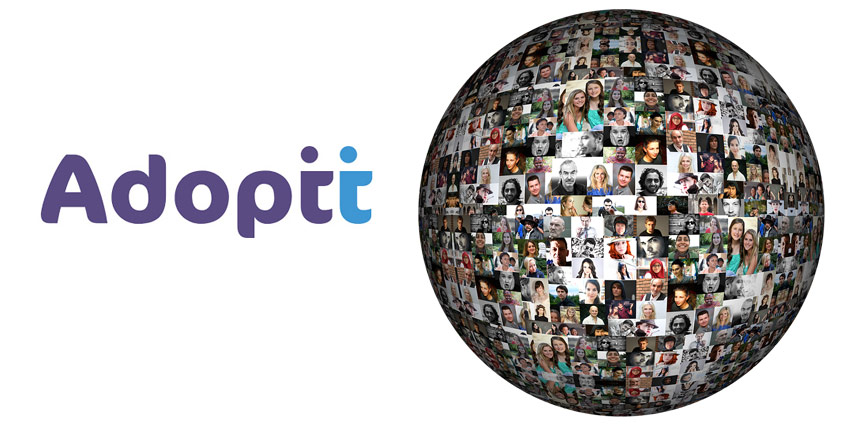Predicting the future is always a challenging job, and involves identifying present trends and extrapolating them forward, as they might expect to proceed under known influential factors. Online team collaboration has been a growing trend for many years now, but events of 2020 have driven uptake of remote working and digital tools in ways nobody could have predicted.
So the steady trend has become a tsunami, and inevitably the implementation of collaboration tools has become an emergency survival tactic rather than the strategic change management process that ideally underpins it. As Jonathan George, Digital Collaboration Lead at Adoptt, reflected, the difference between disaster recovery and business as usual means changing habits of a lifetime, and that’s not easy. Take our relationship with email, for example:
“The first thing I do as a knowledge worker, is open my laptop or pick up my phone, and check my email. In fact, I may spend most of my day consuming, writing, or searching for stuff in email — we’re all professional email managers.”
And while every new collaboration platform proclaims itself the ‘email killer’ application, still nothing has truly touched that ubiquitous federated messaging success story, of being able to contact anyone in the world if you simply know their username and domain.
Explicit “how” and “why”, in addition to “what new tool?”
“So rolling out this funky new team collaboration or workflow collaboration system doesn’t address the problem,”
George continued, “because what it does is give people another asynchronous channel they need to check and keep up with.
“You have to simultaneously address the cultural aspects of it, agree how you’re going to use new tools — help everyone understand what’s in it for them, and how it’s going to make life better/simpler/easier/quicker etc… A lot of customers aren’t ready for that shift,” he continued, expressing concern about the communications nuances of the chat space and different signals that might cut through the noise.
“What goes through your mind when you see that someone has ‘left the group’? It’s easier for written remarks to be misinterpreted. If we’re going to use these conversational tools, how do you ensure that you’re not stuck on it 24 hours a day, trying to sift the signal from the noise — it’s not good for mental health, and we have to help people build boundaries”.
Boundaries get even more slippery when we’re not sure what we’re bounding to begin with, and the proliferation of apps all doing broadly similar things make nomenclature inconsistent — and understanding and uptake consequently more patchy.
Conquering the territory

When we’re talking about a digitally-defined private space where we can work with others, the UX varies widely from one platform to another, but table stakes include pervasive chat, some kind of file sharing, white-boarding etc.
George likes the term War Room, seeing it as space in which multi-disciplinary teams can align temporarily around a common objective and get things done. “A place where you gather the stakeholders and all the inputs, and that’s where the magic happens… And once you’re done, no lurking or FOMO, you move on to the next front”.
Can we reclaim the war room analogy for peaceful collaboration? Using the positive factors of urgency, co-operation, and mutual support, to conquer a common goal if not an enemy…
It’s a powerful metaphor that might help align teams and cultures around the need for and use of online collaboration tools, and help them find their place in the matrix of unified communications once and for all.







